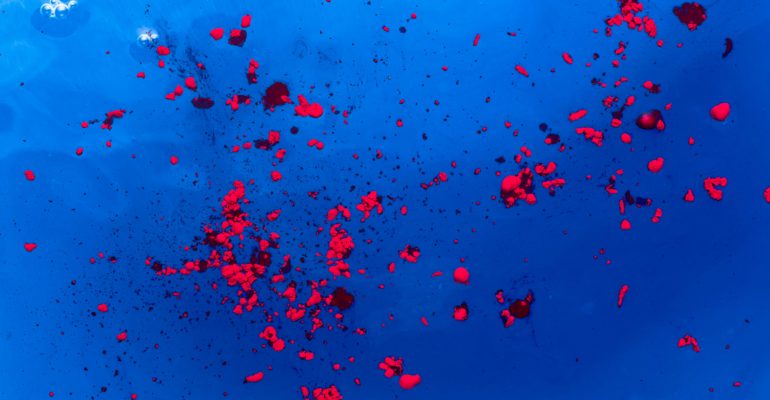The Blue Blood: A Tale of Sacrifice
April 20, 2023 2023-04-25 5:46The Blue Blood: A Tale of Sacrifice
Have you ever stumbled upon a quote that you might relate someone to? The quote “You sacrifice the few to save the many” always reminds me of a particular arachnid. If you are wondering whether an arthropod could save lives, I bet you will be thrilled by the end to know that your life might be one of those it saved.
The Atlantic Horseshoe crab, Limulus polyphemus, is an arachnid found in the Gulf of Mexico and along the Atlantic coast of North America. Their hard exoskeleton and appendages make them more closely related to spiders and scorpions than true crabs. These living fossils have been around for about 500 million years in the depths of oceans surviving through five mass extinctions, including the Permian- Triassic extinction that wiped out almost 95% of the life on earth. Can you believe that a single discovery became the biggest disruption to the lives of these tough survivors? Frederick Bang’s curiosity about the survival secrets of these crabs led him to the discovery of the magic potion that kept them alive for millions of years, their blue blood.
What is so special about their blood? Unlike humans, horseshoe crabs have a different oxygen carrier, hemocyanin, a copper-based protein that gives horseshoe crab blood its bright blue color. These crabs have an open circulatory system with blood flowing through their body cavities and thus increasing the widespread access of vital organs to any pathogen entering their body. Though they lack leukocytes, the amoebocytes present in their blood act as the primary cellular defense against any microbial infections by trapping them in gel clots that can plug any wounds.
Bang’s remarkable discovery of amoebocyte coagulogen as a tool for screening bacterial endotoxins made a major breakthrough in the science of medical safety. This miracle motivated the researchers to discover a way to exploit the clotting enzymes, Limulus amebocyte lysate (LAL), as an alternative to the rabbit pyrogen test to detect endotoxin in pharmaceuticals.
Why exactly is LAL crucial? Pharmaceutical products like parenterals, biologicals, medical implants and other medical devices are prone to endotoxin contamination during manufacturing. Endotoxin, the main component of the exterior cell wall of Gram-negative bacteria, is a pyrogen that can be fatal to humans. So it is obligatory for any pharmaceutical product to be screened for these endotoxins before commercialization. LAL’s exceptional sensitivity to bacterial endotoxins and their ability to bind and clot them has made it vital in ensuring the safety of pharmaceuticals reaching patients.
In case you are wondering how this could harm the crabs, the process of producing LAL involves capturing and bleeding the crabs. The adult crabs which converge on the shores for the sole purpose of breeding are captured, and almost a third of their blood is collected by direct cardiac puncture and are released back into the ocean to recuperate.
This approach might sound safe and promising; however, recent studies have found that more than 15% of the crabs die in the bleeding process, and those who survive bleeding are left weak and disoriented. Further research has shown that the process potentially affects the spawning ability of females, and also the mortality rate post-bleeding was estimated to be 30% for females and 8% for males. The population of this resilient species started dwindling, and in 2016, it was categorized as “vulnerable” by the International Union for Conservation of Nature on the Red List of Threatened Species.
When the efforts of scientists to find any substitute for LAL failed, the hope was restored when a genetically modified protein, recombinant factor C (rFC), was synthesized as an alternative to LAL. However, these alternatives are not sufficient to save these paramedics, as LAL test is still preferred over other methods since it is simple, reliable and time-saving. Perhaps additional considerations are needed to save them. Raising awareness among people about conserving horseshoe crabs is crucial. Stringent management plans to avoid over-harvesting and to save their natural habitat are critical.
It’s about time we respect their enormous sacrifice for saving countless lives and return the favour. And next time you get a shot thank the horseshoe crabs for protecting you.
Authored by Meena, BITS Biocon Certificate Program in Applied Industrial Microbiology, Batch 9
References:
- Website all about horseshoe crabs:
https://www.horseshoecrab.org/nh/hist.html
2. Facts about horseshoe crabs:
3. Short film on horseshoe crabs:








